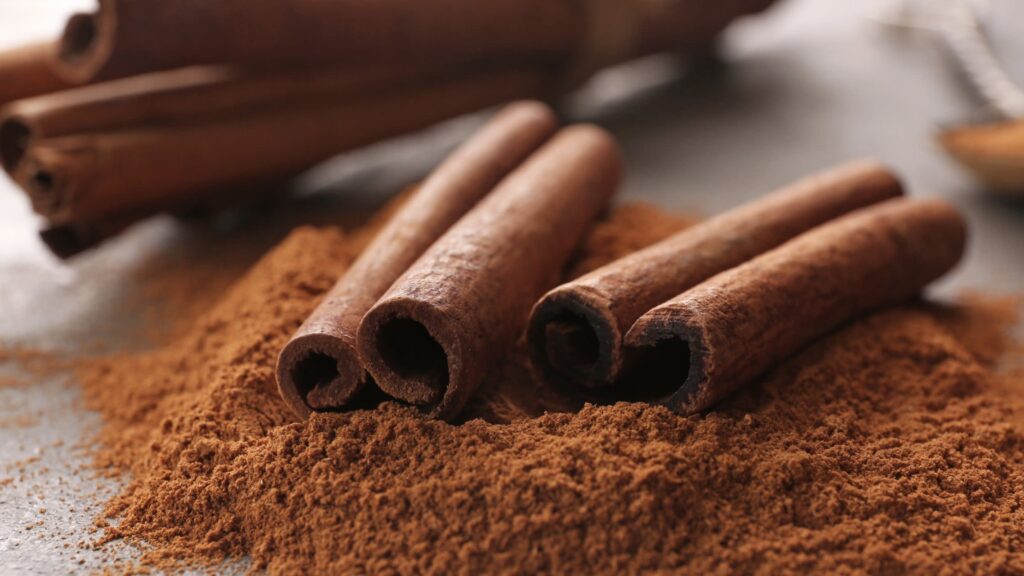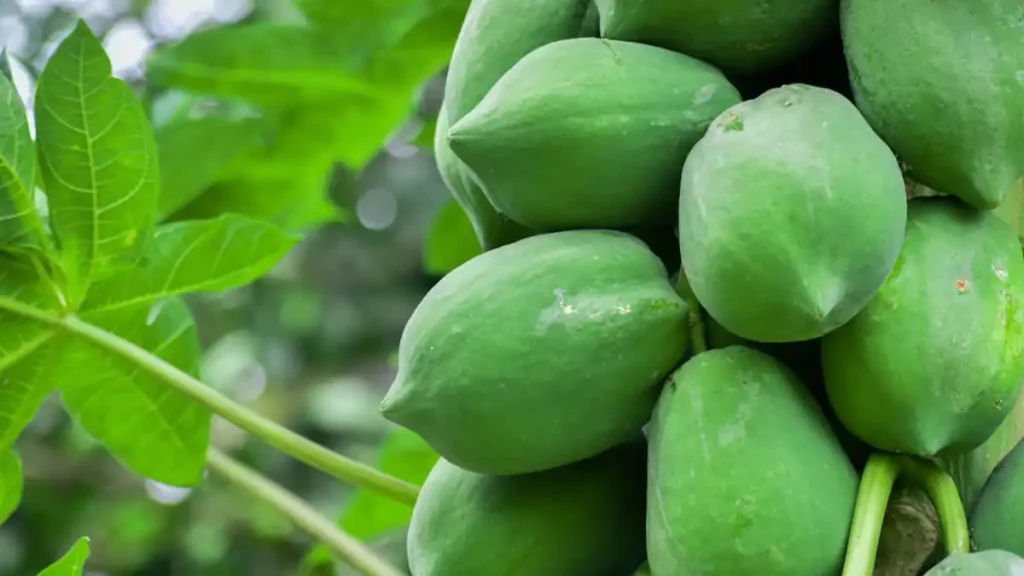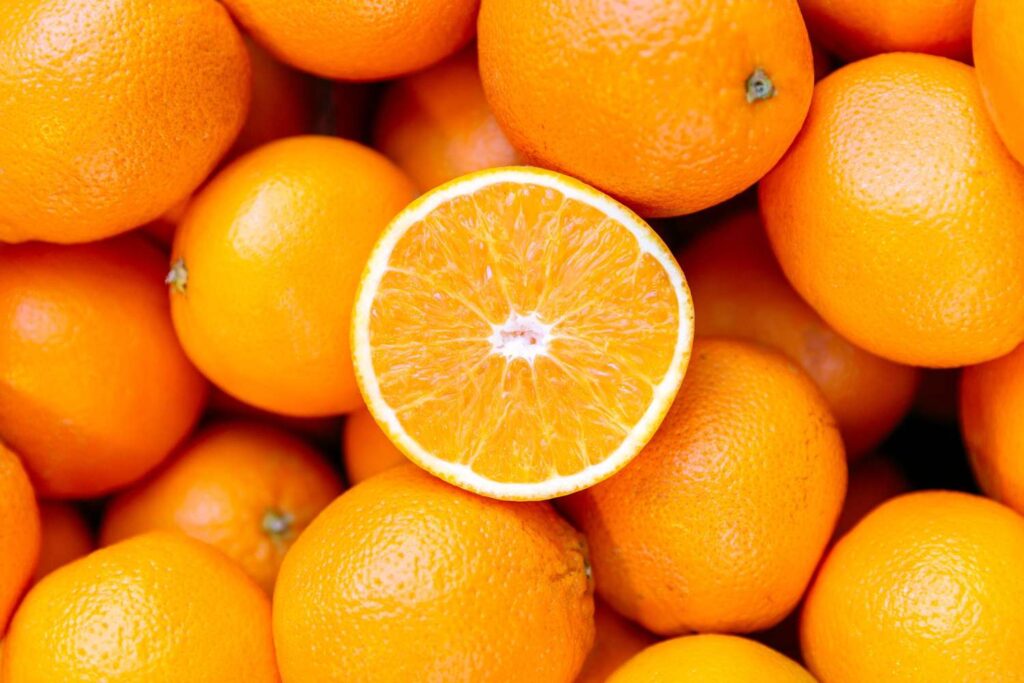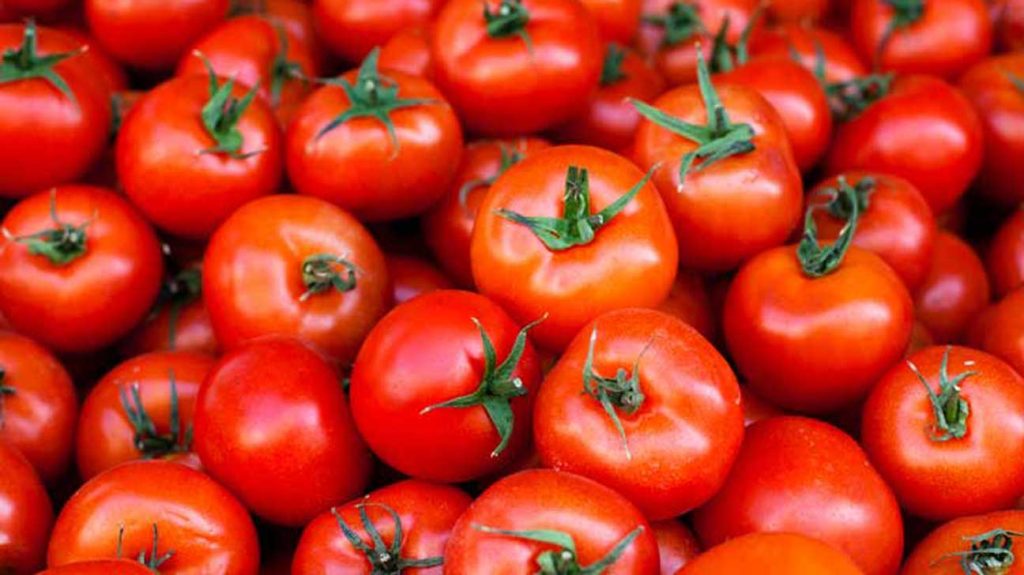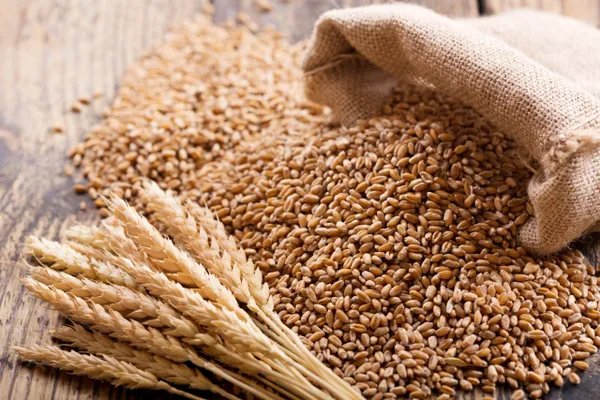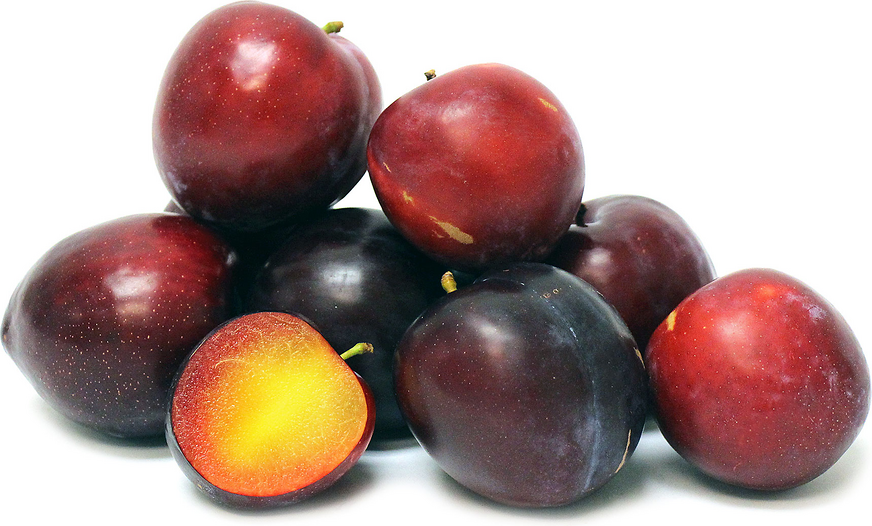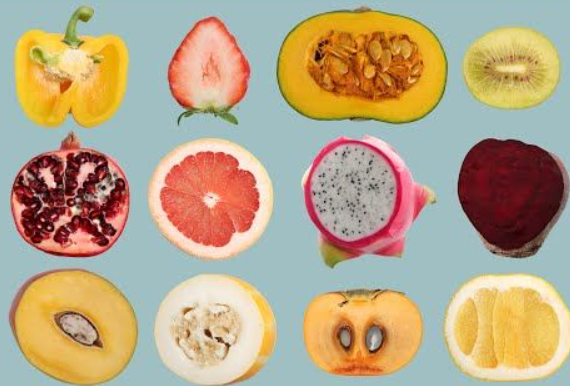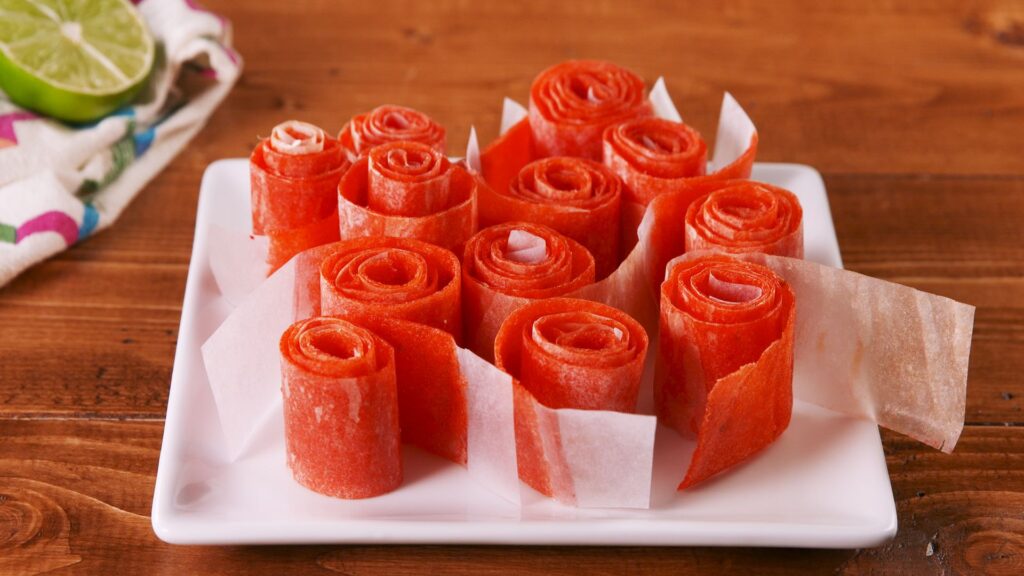Do you ever mix up nectarines and peaches? Lots of folks get confused by these tasty fruits that look and taste quite similar.
Even though nectarines and peaches come from the same family, they’re not the same. In this guide, you’ll find out all about how they’re different – from where they come from, to the way they taste, to how you can use them in your kitchen. Let’s dive in and spot those differences!
Table of Contents
- What is a Nectarine?
- What is a Peach?
- Botanical Classification
- Family and Genus
- Common Characteristics
- Physical Differences
- Skin Texture and Color
- Shape and Size
- Taste and Flavor
- Nutritional Comparison
- Culinary Uses and Recipes
- Geographic Origins
- Cultivation and Harvesting
- Commercial Availability
- Health Benefits
- Vitamins and Minerals
- Antioxidants
- Fiber Content
- Similarities and Common Traits
- Misconceptions and Myths
- Selecting and Storing Tips
- Conclusion
What is a Nectarine?
A nectarine (Prunus persica var. nucipersica) is a type of peach but without the fuzzy skin. Nectarines are known for their shiny, smooth surface. People have been enjoying their sweet and juicy taste for a very long time.
What is a Peach?
A peach (Prunus persica) is like the cousin of the nectarine. It’s part of the same fruit family but comes with a soft, fuzzy skin. People love eating peaches not just because they taste great, but also because they’re perfect for making all kinds of yummy dishes.
Botanical Classification
Family and Genus
Nectarines and peaches are part of the Rosaceae family. This big family also includes fruits like apples and cherries. They also belong to the Prunus genus, a group that holds lots of other stone fruits.
Common Characteristics
There’s a lot that nectarines and peaches have in common. They both grow from flowering trees and have that big seed in the middle known as a stone or pit. Plus, they’re both juicy and tasty!
Physical Differences
Skin Texture and Color
When you look at them, the biggest giveaway is their skin. Nectarines have a skin that’s smooth like a plum’s, but peaches have a kind of velvety fuzz on theirs.
Shape and Size
Nectarines usually have a nice round shape, but some can look a bit longer. Peaches are often a bit bigger and have a dip at the top where they hang from the tree.
Taste and Flavor
Both fruits are really sweet with a little hint of tanginess, but people often say that nectarines taste a bit stronger. Of course, how they taste can also change depending on the fruit’s type and how ripe it is.
Nutritional Comparison
Nectarines and peaches come packed with good stuff for your body. They’re full of vitamins like vitamin C and A, have loads of minerals such as potassium, and they’re also rich in fiber. Eating them can be really good for your health!
Culinary Uses and Recipes
You can be really creative with nectarines and peaches in the kitchen. Eat them as they are, or add them to salads and desserts. They’re great for baking in pies, making into jam, or blending into a fruit smoothie.
Geographic Origins
It’s a bit of a mystery where nectarines and peaches first came from. What we know is that peaches have been around in China for a very long time. Nectarines may have popped up when peaches changed a little naturally over time. Now, you can find both fruits growing in many parts of the world.
Cultivation and Harvesting
These fruits like to grow in places that aren’t too cold or hot. They need soil that drains water well and lots of sunshine. Growers pick them when they’re just right for eating, which can be at different times for different types of nectarines and peaches.
Commercial Availability
You can usually find nectarines and peaches at your local supermarket or a farmers’ market, especially when they’re in season. They’re sent all over the place, so lots of people can enjoy them while they’re fresh and tasty.
Health Benefits
Vitamins and Minerals
These delightful fruits are packed with vitamins and minerals. They’re really good for your body – keeping your immune system strong, your eyesight sharp, and your heart healthy.
Antioxidants
Antioxidants are like your body’s superheroes. They fight off the bad guys called free radicals that can make you sick. Nectarines and peaches have lots of these protective compounds.
Fiber Content
Fiber helps your digestive system work smoothly, and it also keeps you feeling full. Both nectarines and peaches can give you a good amount of fiber.
Similarities and Common Traits
Even though they look and feel different, nectarines and peaches have much in common. They belong to the same plant family, have similar good stuff for your body, and you can use them in a lot of the same recipes.
Misconceptions and Myths
Some folks think nectarines come from crossing peaches with plums, but that’s not true. Nectarines are just peaches without the fuzz. It’s important to know the real facts to really understand these fruits.
Selecting and Storing Tips
When you’re picking out nectarines or peaches, go for ones that are not too soft and don’t have any bruises. Once they’re ripe, keep them at room temperature or in the fridge if you need them to last longer.
Conclusion
While nectarines and peaches might look a lot alike, they’ve got their own unique qualities. Nectarine skins are slick, and peach skins are fuzzy. But beyond the skin, there is a lot more to explore and enjoy about both of these fruits. They’re not just tasty; they’re also good for you and a treat in all kinds of dishes. Knowing about nectarines and peaches can really boost your fruit fun!
